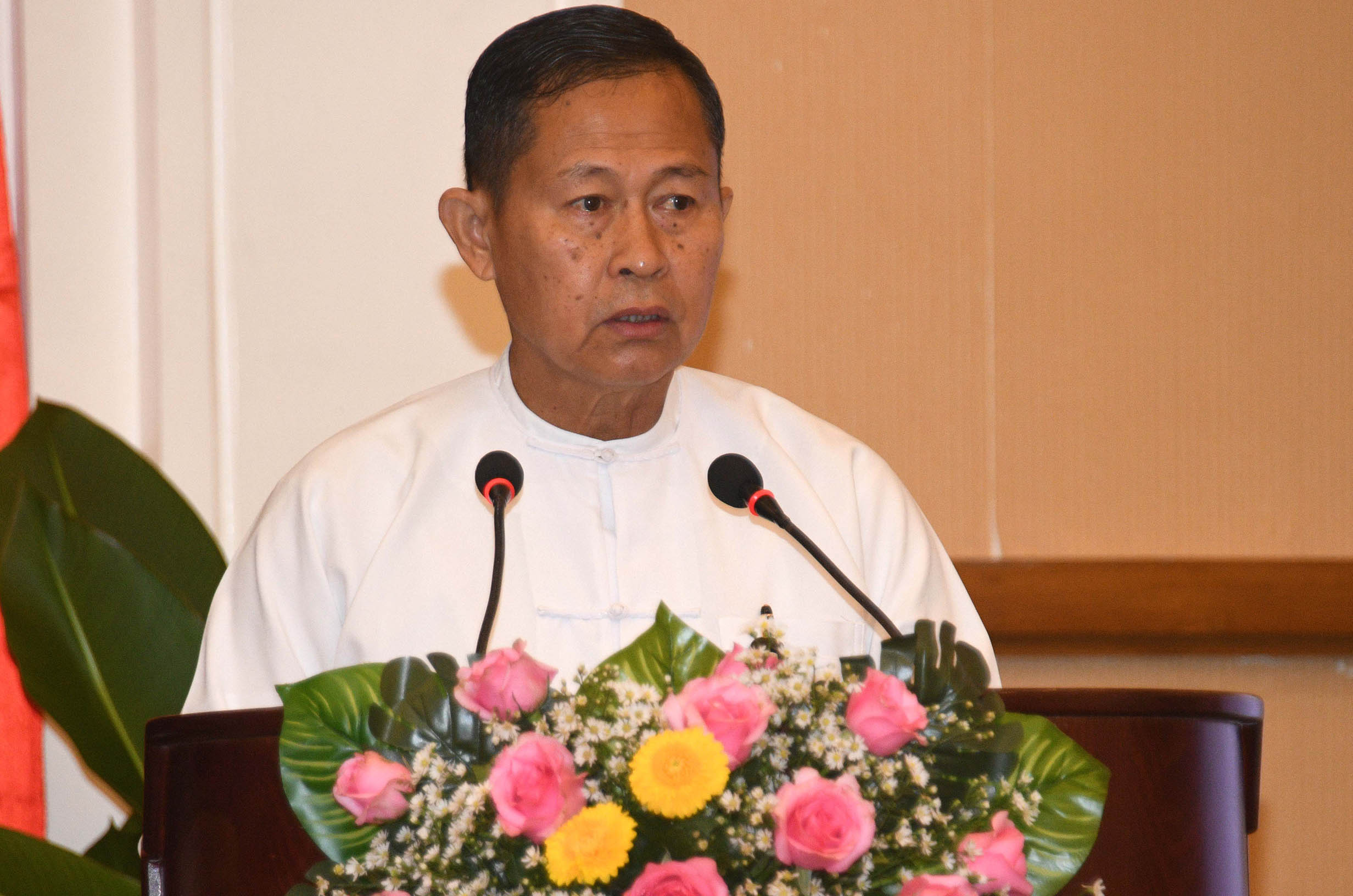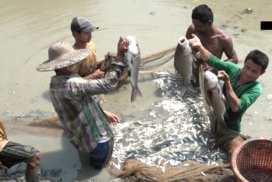A total of 95 countries across the world have been facilitated with Multi-Hazard Early Warning Systems (MHEWS) till April 2022 according to the monitoring for implementation of Sendai Framework, said Chairman of the National Disaster Management Committee Vice-Chairman of the State Administration Council Deputy Prime Minister Vice-Senior General Soe Win at the ceremony to mark the International Day for Disaster Risk Reduction yesterday morning.
At the ceremony held at Max Hotel in Nay Pyi Taw, the Vice-Senior General said the commemorative ceremonies of natural disaster risk reduction have been held yearly since 13 October 2010 by setting the annual prioritized sectors over the missions, visions and work arenas mentioned in the Hyogo Framework (2005-2015) and the Sendai Framework (2015-2030).
This year’s ceremony must be observed in accord with the theme “Early Warning and Early Action for All”. The theme urged all to promptly and immediately implement the functions for ensuring natural disaster risk reductions.
The Global Platform on Disaster Risk Reduction 2022 (GP2022) held in Bali of Indonesia this year prioritized discussions on strengthening public-centred early warning and early action for all disasters, the correctness of data on natural disasters, financial resource management and effectiveness of natural disaster management.
In order to implement the early warning systems, priority 4 of the Sendai Framework comprises communication and information systems for monitoring natural disasters, mass communication technologies, disaster risk reduction and emergency contact procedures, investments for improvement of public-centred forecasting natural disasters and early warning systems, the important role of public participation, use of simple and cheap machinery for an early warning system in conformity with the needs of users, and enhancement of emerging the media to broadcast early warnings for disasters.
A total of 95 countries have been facilitated with Multi-Hazard Early Warning Systems (MHEWS) till April 2022 according to the monitoring for implementation of the Sendai Framework.
As Myanmar is a country facing possibly natural disasters and high damage and loss, it needs to have a good early warning system for natural disasters. Primarily, it is necessary to implement a public-centred early warning system to minimize loss and damage in disasters.
At present, the mobile application Myanmar Disaster Alert (MDA) has been developed for disseminating notices for natural disasters and disaster awareness through mobile phones, people will have easy access to information about natural disasters in time.
Preparedness and preparations are basic factors to reduce the possibility of natural disaster risks. Only when the early warning is released in time will the people in individuals or families move to safer places and will officials carry out systematic management for disaster risk reduction.
The climate change data shows that the average temperature of the globe could increase by 4 to 7 degrees Fahrenheit and sea level could rise from 28 centimetres to 97 centimetres in 2100 with severe storms and tidal waves, larger emission of carbon and much acid formation in oceans.
Myanmar faced 748 outbreaks of fire, 161 flooding, 1,502 storms, and 1,178 times of disasters including earthquakes, totalling 3,589 within 18 months. The government provided more than K3,647 million for over 1.5 million disaster-hit victims.
Myanmar stands third in the vulnerability to climate change according to the report of the Intergovernmental Panel on Climate Change. As such, it is necessary to reduce natural disaster risks, systematically respond to disasters and minimize loss and damage as per the early warnings.
Depending on the nature, resources and experiences of the country, it is necessary to persistently contact ASEAN countries as well as the international community, follow international frameworks and agreements and apply advancements of technologies in disaster risk reduction.
Then, a video clip of a message sent by the Head of UNDRR Ms Mami Mizutori was shown.
Vice-Chair of the management committee Union Minister Dr Thet Thet Khaing reported on measures for the reduction of natural disaster risks.
The Vice-Senior General visited the exhibition on natural disasters and viewed rescue equipment. —MNA
















